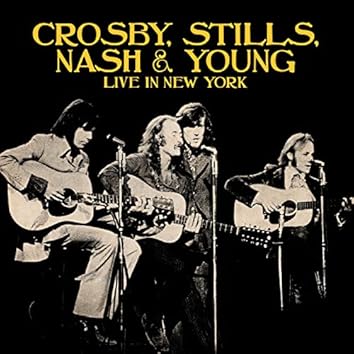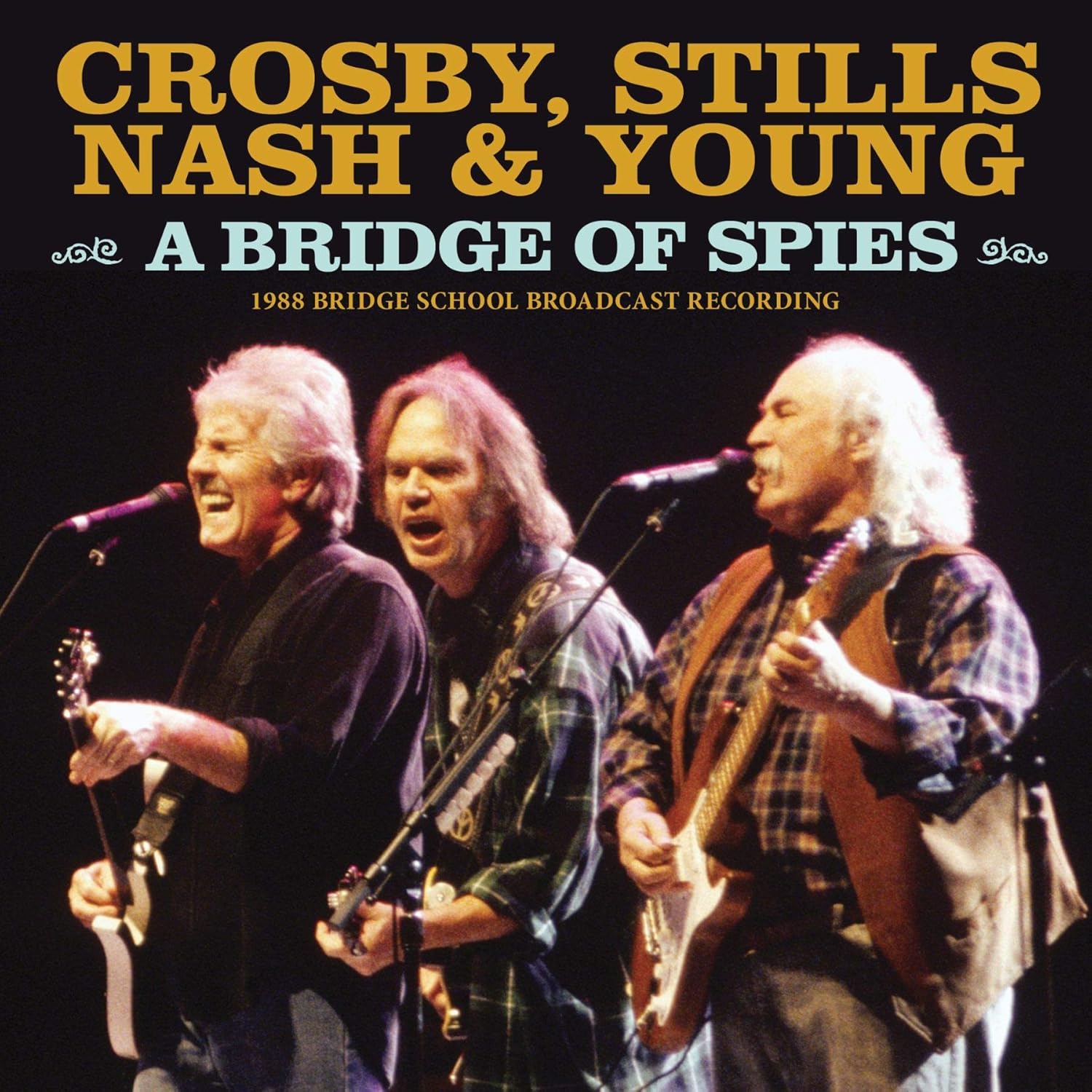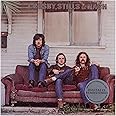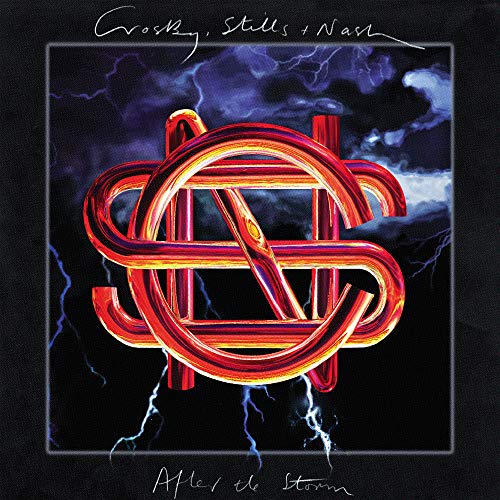The 1970s was a transformative decade for music, marked by a rich tapestry of genres, revolutionary artists, and cultural movements. At the heart of this musical renaissance was the iconic live album “Four Way Street,” released by Crosby, Stills, Nash & Young in 1970. This album not only captured the essence of the era but also influenced the sound and direction of music throughout the decade. This article explores the cultural impact of “Four Way Street,” examining how it shaped the 1970s music scene and continues to resonate today.
The Genesis of Four Way Street

“Four Way Street” was born out of the collaborative spirit that defined the folk-rock movement of the late 1960s and early 1970s. The supergroup comprised four prominent figures—David Crosby, Stephen Stills, Graham Nash, and Neil Young—each bringing unique influences and styles to the collective. The album was recorded during their 1970 tour and features a blend of original songs and covers, showcasing their harmonious vocals and intricate instrumentation.
- Folk Rock and its Roots: The album drew heavily on the folk traditions that had permeated the music scene, particularly the civil rights and anti-war movements of the 1960s.
- Collaborative Spirit: “Four Way Street” epitomized the collaboration between artists from different backgrounds, creating a sound that was rich and diverse.
- Live Album Format: The decision to release a live album reflected the growing importance of live performances in the music industry, paving the way for future artists.
Cultural Reflections in the Lyrics

The songs featured on “Four Way Street” were not only musically innovative but also lyrically poignant. The themes explored in the album resonated deeply with the socio-political climate of the time.
- Protest and Activism: Tracks like “Ohio” addressed the Kent State shootings, reflecting the growing unrest and activism among youth.
- Individualism and Freedom: Songs such as “Wasted on the Way” highlighted the quest for personal freedom and self-discovery, themes that were prevalent among the counterculture of the 1970s.
- Love and Relationships: The emotional depth of their harmonies captured the complexities of love and relationships, resonating with a generation navigating turbulent times.
The Influence on the Music Scene
“Four Way Street” had a significant impact on the music scene of the 1970s, shaping genres, influencing artists, and altering the way music was produced and consumed.
1. Elevating Live Performances
The success of “Four Way Street” underscored the importance of live performances in popular music. The album demonstrated how a live recording could capture the energy and spontaneity of a concert, leading to:
- Increased interest in live albums, with other artists following suit—most notably, Bob Dylan with “Before the Flood.”
- The rise of concert tours as major revenue sources for artists, paving the way for large-scale festivals like Woodstock and the Isle of Wight Festival.
2. Genre Blending and Innovation

The album’s eclectic sound encouraged genre blending, influencing musicians across various styles. The fusion of rock, folk, and country elements in “Four Way Street” inspired:
- Artists like the Eagles, whose harmonious melodies and storytelling can be traced back to the influence of Crosby, Stills, Nash & Young.
- The emergence of singer-songwriter culture, where artists like Jackson Browne and James Taylor found their footing in the industry.
3. The Rise of Supergroups

The success of “Four Way Street” helped cement the concept of supergroups in popular music. Artists began to form collaborative groups to leverage their combined fan bases, resulting in:
- Formation of bands like Fleetwood Mac and the Traveling Wilburys, which brought together prominent musicians from different backgrounds.
- Increased collaboration across genres, leading to innovative sounds and diverse musical experiences.
Legacy and Lasting Impact
The cultural impact of “Four Way Street” extends beyond its immediate success. The album’s legacy continues to influence artists and the music industry today.
1. Enduring Popularity
Even decades after its release, “Four Way Street” remains a beloved album, with tracks frequently covered and performed by contemporary artists. Its timeless quality speaks to the universal themes and emotions captured in the music.
2. Cultural Representation

The album serves as a cultural artifact, representing the spirit of the 1970s—a decade marked by significant social change. The messages of empowerment, protest, and introspection continue to resonate with new generations, inspiring:
- Modern artists who address similar issues in their music, such as Bruce Springsteen and Taylor Swift.
- Documentaries and retrospectives that explore the music and culture of the 1970s, highlighting the ongoing relevance of the era.
3. Influence on Music Production
“Four Way Street” also influenced the production techniques used in live recordings, leading to:
- Greater emphasis on audio quality and the use of multi-track recording technologies, which have become industry standards.
- Increased experimentation with live sound, encouraging artists to explore various production styles and techniques.
Conclusion: The Unforgettable Echoes of Four Way Street

The cultural impact of “Four Way Street” is a testament to the power of music as a reflection of society. By capturing the spirit of the 1970s, the album not only shaped the musical landscape of the time but also laid the groundwork for future generations of artists. Its themes of activism, love, and personal freedom continue to resonate, reminding us of the enduring power of music to unite and inspire. As we reflect on the legacy of “Four Way Street,” it becomes clear that its influence is not confined to the past but continues to echo through the corridors of contemporary music, shaping the sounds and stories of today.


